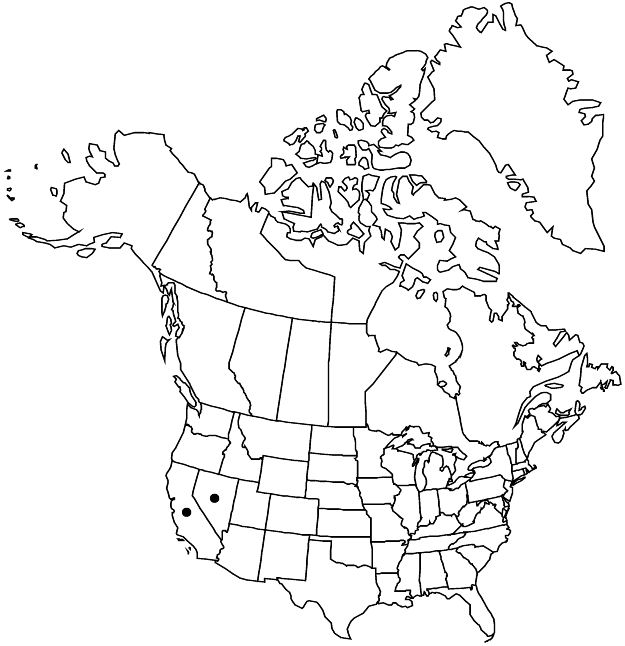Difference between revisions of "Potentilla basaltica"
Brittonia 36: 228, fig. 1. 1984.
FNA>Volume Importer |
FNA>Volume Importer |
||
| Line 58: | Line 58: | ||
|publication year=1984 | |publication year=1984 | ||
|special status=Conservation concern;Endemic | |special status=Conservation concern;Endemic | ||
| − | |source xml=https://jpend@bitbucket.org/aafc-mbb/fna-data-curation.git/src/ | + | |source xml=https://jpend@bitbucket.org/aafc-mbb/fna-data-curation.git/src/f6b125a955440c0872999024f038d74684f65921/coarse_grained_fna_xml/V9/V9_256.xml |
|subfamily=Rosaceae subfam. Rosoideae | |subfamily=Rosaceae subfam. Rosoideae | ||
|tribe=Rosaceae tribe Potentilleae | |tribe=Rosaceae tribe Potentilleae | ||
Revision as of 20:36, 24 September 2019
Plants ± rosetted; taproots fleshy-thickened. Stems ± prostrate, sometimes ascending in supporting vegetation, 1.5–5 dm, lengths 2–3 times basal leaves. Basal leaves pinnate with distal leaflets ± confluent, 5–12(–18) × 1–1.5(–2) cm; petiole 0.5–1(–1.5) cm, straight hairs absent, cottony hairs absent, glands absent or sparse; primary lateral leaflets (5–)10–15(–20) per side, on nearly whole leaf axis, ± overlapping, largest ones (or leaflet lobes) elliptic, 0.4–1(–2) × 0.2–0.5(–1) cm, simple and entire or 2(–3)-fid to base (sometimes shallowly toothed as well), segments 1–2(–3), narrowly to broadly elliptic, 4–10(–20) × (1–)2–3 mm, apical tufts absent or less than 0.5 mm, surfaces green, glaucous, straight hairs absent or sparse to common, tightly appressed, 0.5 mm or less, stiff, cottony hairs absent, glands absent or sparse. Cauline leaves 2–4. Inflorescences (5–)10–20-flowered, loosely cymose. Pedicels 0.8–3(–4) cm, straight to ± recurved in fruit. Flowers: epicalyx bractlets lanceolate-elliptic to ovate-elliptic, 1.5–2.5(–3) × 1 mm; hypanthium 2–5 mm diam.; sepals (3–)4–5(–6) mm, apex acute to acuminate; petals (3.5–)4.5–6.5 × 2.5–4 mm; filaments 1.5–3 mm, anthers 0.6–0.8 mm; carpels 3–10, styles 2–2.5 mm. Achenes 1.8–2.2 mm, smooth to ± rugose, not carunculate.
Phenology: Flowering late spring–summer.
Habitat: Moist, subalkaline meadows in shrub steppe
Elevation: 1300–1600 m
Discussion
Of conservation concern.
Potentilla basaltica is very distinctive in its glaucous, highly divided cylindric leaves with leaflets arranged in four ranks. The leaves strongly resemble those of some species of Ivesia, especially I. kingii S. Watson, but molecular analysis (B. Ertter et al. 1998) confirms a relationship with other members of sect. Multijugae.
Potentilla basaltica is known from only two localities, one in Lassen County, California, and the other in Humboldt County, Nevada. Both populations are highly localized, and P. basaltica is a candidate for federal listing as well as of conservation concern in both states.
The epithet basaltica was chosen as a reference to the Black Rock Desert, not habitat.
Selected References
None.
